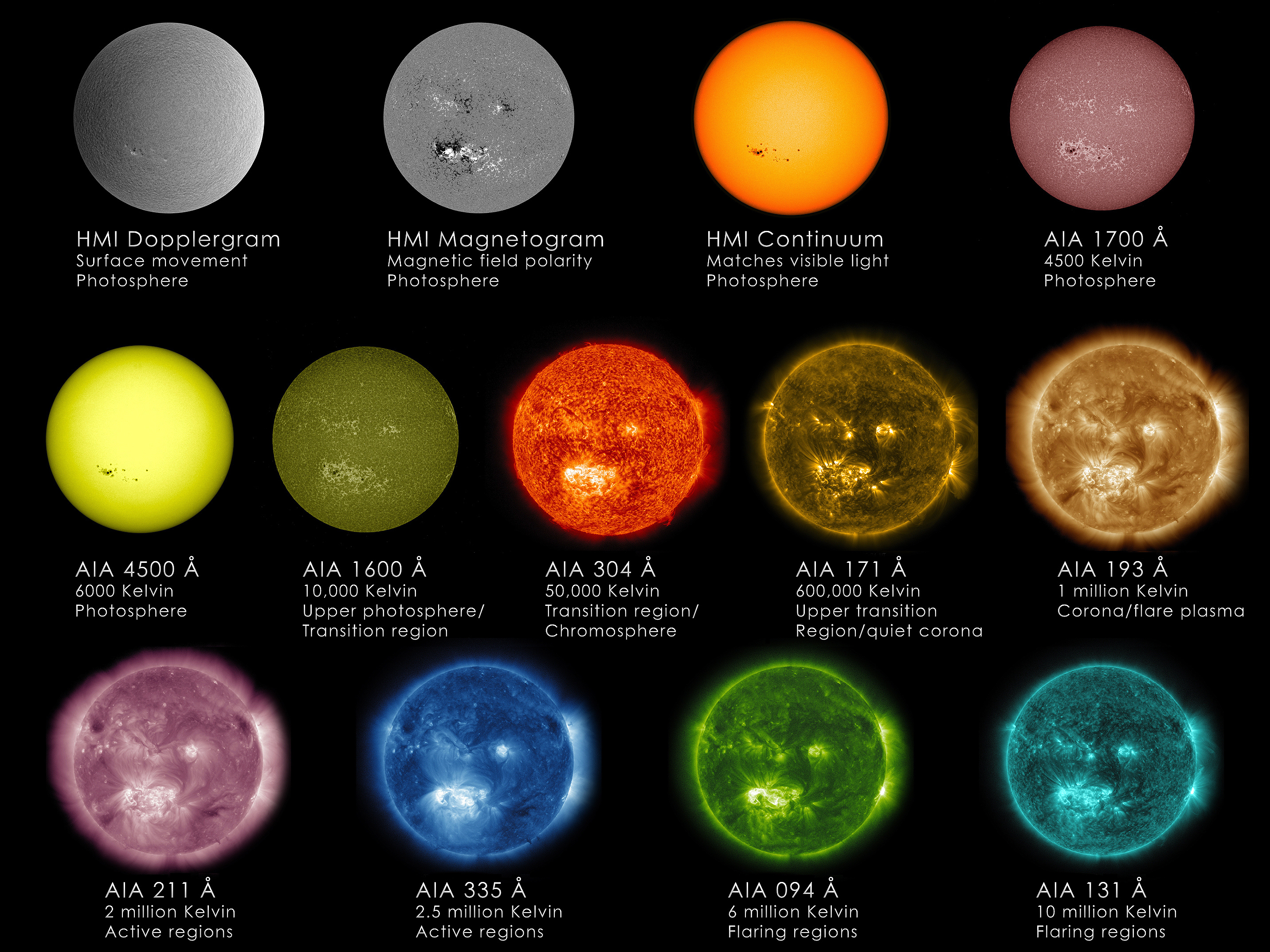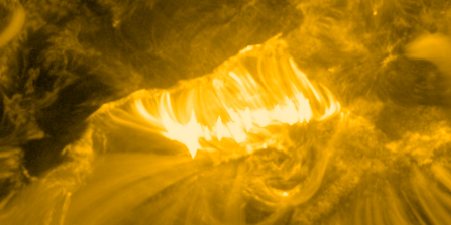Research Project
Brock Parker, Dr. Chunming Zhu
Solar flares are incredibly intense and violent bursts of radiation in the solar atmosphere. Current models suggest that their origin involves the twisting and recombination of magnetic fields in the solar atmosphere, however there is much debate about the true nature of the heating of these solar flares. Basic models imploy the notion of one intense burst of energy deposition into the solar flare, in the form of an impulsive function at the feet of the solar flare. However, as the flare moves through the upper atmosphere, magnetic fields recombine, releasing energy near the top peak of the flare, subsequently heating it more. Additionally, there are multiple methods through which flares can deposit their energy back into the solar atmosphere.

Using data from the Solar Dynamics Observatory, which images the sun in multiple different ultraviolent and extreme ultraviolet passbands along with recording the magnetic field strength, this project will aim to model these solar flares in both zero and three dimensions, as well as derive flare energy, and compare all values to the observed flare. In total, this methodology will work towards understanding the heating and cooling of solar flare loops and the plasma contained inside.
References
Chunming Zhu, et al. 2018, ApJ, 856, 27.J. A. Klimchuk, et al. 2008, ApJ, 682, 1351.
Jiong Qiu, et al. 2012, ApJ, 752, 124.
Jiong Qiu and Longcope, Dana 2016, ApJ, 820, 14.
Paul Boerner, et al. 2012, Solar Physics, 275, 41.
R. Rosner, et al. 1978, ApJ, 220, 634.

